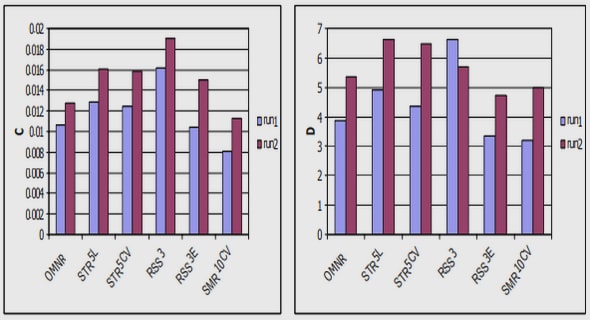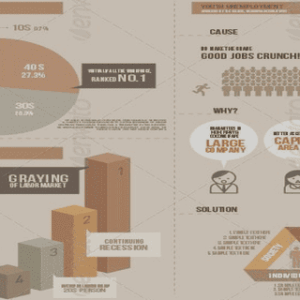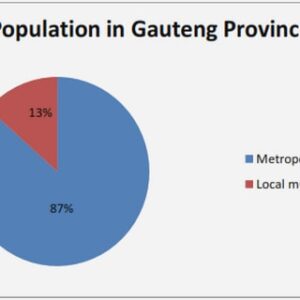(Downloads - 0)
For more info about our services contact : help@bestpfe.com
Table of contents
1 General Introduction
1.1 Challenges
1.2 Research objectives
1.3 Structure of the thesis
2 Environment, time and the structure of preferences: the multidimensionality of the notion of value
2.1 From quantities to values
2.1.1 An illustration through biofuel production projects
2.1.2 Cost-benefit analysis: how projects are evaluated
2.1.3 Willingness to pay
2.1.3.1 Generalities
2.1.3.2 Formal description
2.1.4 Discounting
2.1.4.1 Generalities
2.1.4.2 Formal description
2.1.4.3 Dual-rate discounting
2.2 Heterogenous values across agents
2.2.1 Heterogenous willingness to pay
2.2.2 Heterogenous discount rates
2.3 The substitutability concept at the core of the values heterogeneity?
2.3.1 The different definitions of substitutability
2.3.2 Substitutability and WTP
2.3.3 Substitutability and discounting
2.4 Substitutability and heterogenous agents: from the individual to the collective value .
3 From quantities to values: the land use change time-accounting failure
3.1 Introduction
3.2 Background
3.2.1 Land use change time distribution: effective vs. accounted for in policies
3.2.2 Carbon prices and the Hotelling rule
3.3 Theoretical framework
3.3.1 The model
3.3.2 Discounting effect (rp = 0 and 0 < r 1)
3.3.3 Carbon price effect (r = 0 and 0 < rp 1)
3.3.4 Combined discounting and carbon price effects
3.4 Numerical illustration
3.4.1 Scope and assumptions
3.4.2 Data and computation
3.4.3 Results
3.5 Conclusions
Appendix A Proof of Proposition 1
Appendix B Proof of Proposition 2
Appendix C Proof of Propositions 3 and 4
Appendix D Land use change impacts time profile: formal description
Appendix E Data
Appendix F Land cover effects
4 Context-dependent substitutability: impacts on environmental preferences and discounting
4.1 Introduction
4.2 Conceptual background: the link between substitutability, WTP and discounting
4.2.1 Substitutability
4.2.2 Substitutability and WTP
4.2.3 Substitutability and discounting
4.2.4 Substitutability and preference representation
4.3 Theoretical model
4.3.1 General framework
4.3.2 An example
4.4 Contextual substitutability and income elasticity of WTP
4.4.1 General results
4.4.2 Numerical illustration with the CDS function
4.5 Contextual substitutability and discounting
4.5.1 General results
4.5.2 Some suggestions for income shocks testing with the CDS function
4.6 Conclusions
Appendix A Proof of Proposition 5
Appendix B Discount rates’ expressions
Appendix C An comparative analysis of the CES and the CDS functions
Appendix D Proof of Proposition 8
5 Beyond perfect substitutability in public good games: heterogenous structures of preferences
5.1 Introduction
5.2 Background
5.2.1 Why substitutability is an important concern in public economics
5.2.2 Substitutability and public good games
5.2.2.1 Linear public good games
5.2.2.2 Nonlinear (non-additive) public good games
5.3 Experimental environment
5.3.1 Theory
5.3.2 Experimental treatments
5.3.3 Experimental design and procedures
5.3.4 Predictions
5.3.4.1 Standard predictions
5.3.4.2 Behavioral conjectures
5.4 Preliminary results
5.4.1 Visual inspection
5.4.2 Structure of preferences and treatment effects
5.4.2.1 Structure of preferences and type
5.4.2.2 Structure of preferences and heterogeneity
5.4.2.3 Structure of preferences and order effects
5.4.3 An exploration of behavioral determinants
5.4.3.1 Free-riding
5.4.3.2 Inequality aversion
5.5 Conclusions, limits and perspectives
Appendix A Solving for Nash equilibrium
Appendix B Solving for Pareto optima
Appendix C Compressed payoff table format
Appendix D Instructions given to participants
Appendix E Final questionnaire
Appendix F Order effects: visual inspection
Appendix G Econometric tests
G.1 Panel Stata results: FE vs RE models
G.2 Panel Stata results: crossed-variables
6 General conclusion
6.1 Study objectives
6.2 Main results
6.3 Main contributions
6.4 Limitations
6.5 Future research


